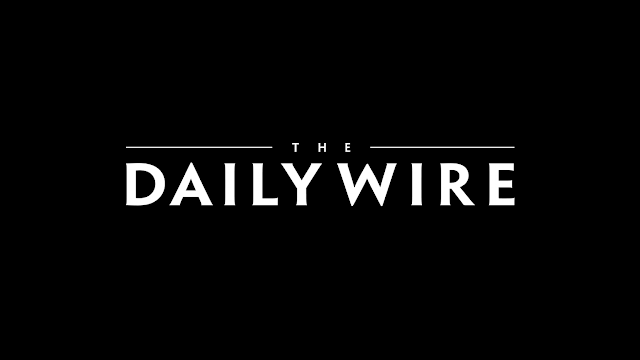
www.dailywire.com
Ben Shapiro At TPUSA: The Right Needs Truth, Not Grifters And Frauds
Ben Shapiro warned Thursday night on the stage of Turning Point USA’s AmericaFest that the future of the conservative movement depends on a commitment to truth, arguing that grifters and frauds are putting both conservatism and the country at risk.
“The future of the country relies on the future of the conservative movement,” Shapiro said. “It relies on what TPUSA defines as its core mission: freedom, free markets, and limited government.”
Shapiro argued that the right-wing hosts that have abandoned truth for conspiracies and dishonesty are undermining conservatism by offering “bile and despair.”
“These people are frauds, and they are grifters,” Shapiro said. “And they are something worse: a danger to the only movement capable of stopping the Left from wrecking the country wholesale.”
Shapiro outlined “five obligations” that prominent conservative voices owe their audience in a time of an “anarchic informational environment” where the legacy media is no longer the gatekeeper. The obligations, according to Shapiro, are truth, principle, responsibility, evidence, and solutions.
“We owe you the truth,” Shapiro said. “That means we should not mislead you; it means we shouldn’t hide the ball; we shouldn’t be deliberately obscure about what we are telling you.”
Shapiro referenced podcaster Candace Owens, accusing her of exploiting the assassination of TPUSA founder Charlie Kirk to push baseless conspiracies and attack TPUSA staff, adding that those with a platform have a “moral obligation” to call her out.
“If Candace Owens decides to spend every day since the murder of Charlie Kirk casting aspersions at TPUSA and the people who work here…to spew absolutely baseless trash implicating everyone from French intelligence to Mossad to members of TPUSA in Charlie’s murder or a coverup in that murder…then we, as people with a microphone, have a moral obligation to call that out, by name.”
Shapiro said that TPUSA and Kirk’s widow, Erika Kirk, should have never “been put in the position to have to defend themselves against such specious and evil attacks, particularly in a time of mourning.”
He added that some of the speakers who will take to the stage after him are “guilty of cowardice” for refusing to condemn the “vicious attacks.”
“The fact that Candace has been vomiting all sorts of conspiratorial nonsense into the public square for years on end while others fly cover for her is just as cowardly,” Shapiro said.
Shapiro went on to argue that personal relationships or emotional loyalty cannot excuse silence when public figures engage in wrongdoing, stressing that principle must come before friendship or coalition politics.
WATCH AMERICA FEST LIVE ON THE DAILY WIRE
He also emphasized that commentators bear responsibility for the people they elevate and the ideas they mainstream, and the way they conduct their interviews. He cited Tucker Carlson’s platforming of Nick Fuentes.
“If you host a Hitler apologist, Nazi-loving, anti-American piece of sh*t like Nick Fuentes – the Nick Fuentes who said that the Vice President of the United States is a ‘fat gay race traitor married to a jeet,’ the person who said that Charlie Kirk was a ‘retarded idiot’ and that he ‘took Turning Point USA and f*cked it…and that’s why it’s filled with Groypers’ – and you proceed to glaze him, you ought to own it,” Shapiro said.
He added that Charlie Kirk “despised Fuentes” because “he knew that Fuentes is an evil troll and that building him up is an act of moral imbecility.”
Shapiro added that Carlson’s other guests include “pornographer and alleged sex trafficker Andrew Tate” and “fake historian and Nazi apologist Daryl Cooper,”
“Hosts are indeed responsible for the guests they choose and the questions they ask them,” Shapiro said.
Shapiro went on to explain conservative hosts “obligation to truth” and evidence. Conservative voices must offer real solutions that improve people’s lives, he argued.
“It is our job to make the lives of our audience better-informed, and just generally better,” Shapiro said. “We have a duty to propose solutions.”
“We who speak to people on a regular basis have duties to you: the duty to speak the truth,” he said. “The duty to speak from principle, not personal feeling; the duty to take responsibility for our actions; the duty to provide you evidence — to do more than conspiracize or ‘just ask questions’; and the duty to posit real solutions.”
“If we fail in those duties, you ought not listen to us.”














